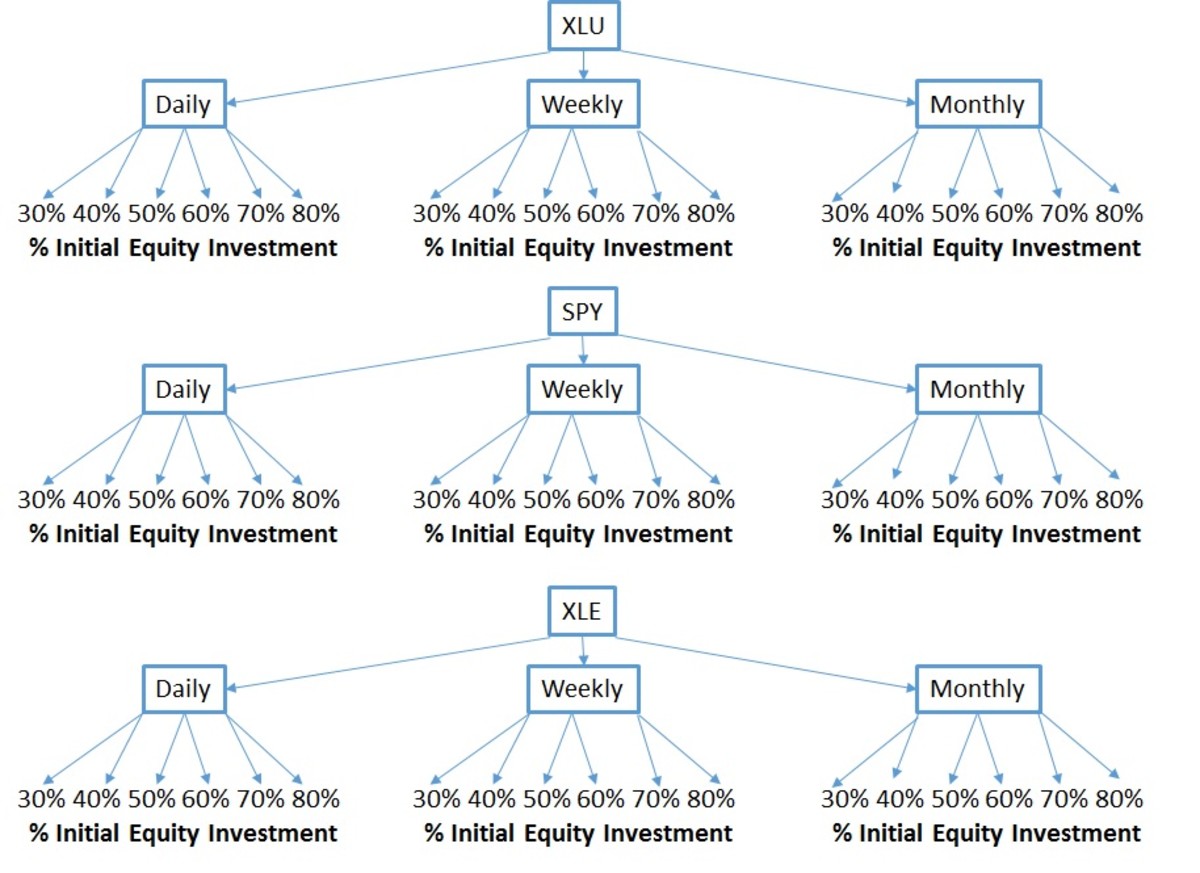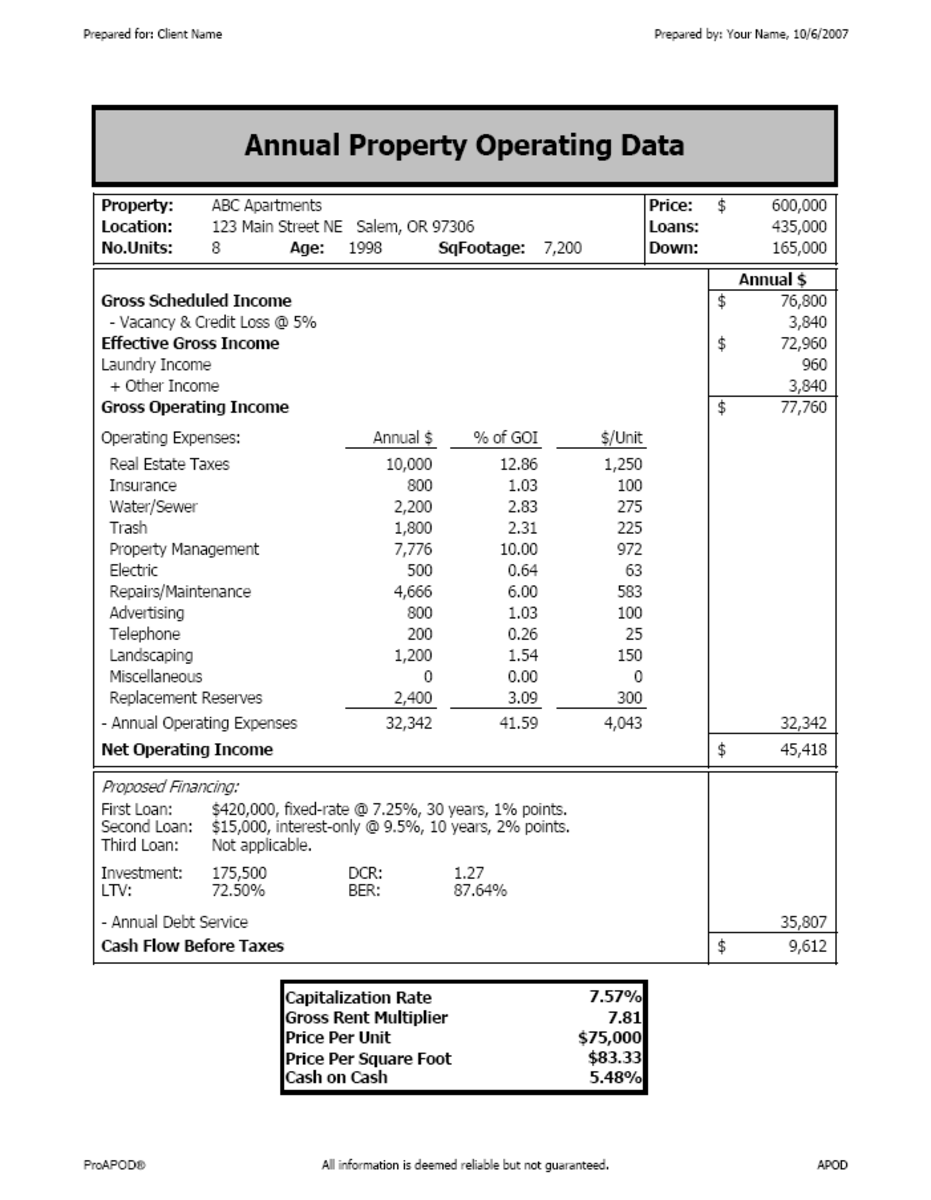Why the Present Value of a Future Cash Flow is Crucial to a Real Estate Analysis

Understanding the concept of present value is essential for any sound investment real cash flow analysis because it might (and often does) ultimately lead to an investment property decision.
So if you are engaged in real estate investing then this one's for you.
Because in this article we are going to discuss present value and how this time value of money concept can play a major role in your next real estate investment decision.
What is Present Value?
The idea is straightforward.
The concept is that the money you might collect in a year or two from a rental property will not have the same purchasing power as it would today due to the annual rate of inflation, which over time, eats away at the purchasing power of the dollar.
As a real estate investor, then, time value of money is essential for you to consider.
Consequently, you would want to calculate the present value of a future cash flow (or series of cash flows) to establish the cash flow an income-producing property generates in today's dollars. This way you can determine what that property is worth to you today.
Discount Rate
The present value of a future cash flow utilizes a discount rate to compute the worth of those dollars to today’s dollars.
Think of it this way.
Rather than adding value to (say) money placed in a savings account with compound interest over several years, discounting reverses the process. That is, it reduces the value of money you might collect in the next several years at a given discount rate to figure out its current worth.
Here's a good rule of thumb.
When choosing an appropriate discount rate for calculating present value of a future cash flow answer the question, "What rate of return could I reasonably expect to achieve by investing the same amount of money in a similar investment with comparable risk?" In other words, "What else is competing for my investment dollar, and what does it return?"
The Formula
PV = FV/(1 + r)n
Where r is the rate per period and n is the number of periods.
Okay, let's consider a simplified example that ignores annual cash flow and deals only with the present worth of the single cash flow you expect to collect when the property is sold.
Assume you're looking at a rental property you believe can be sold at the end of five years for $700,000. You decide that your desired rate of return is 11.0% per year and want to know what the property is worth to you today so you can determine what price you should pay for the rental property in order to achieve your desired rate of return.
Here's what you do.
Solve for the present value of the future value anticipated in x-number of years by discounting that future value using your desired rate of return as the discount rate.
In this case, the future value is $700,000, the number of years is five, the discount rate (your desired rate of return) is 11.0% per year, and the result is $415,416 (rounded).
In other words, if you purchase the property for no more than $415,416 and are able to sell it in five years for $700,000, you will earn a rate of return of 11.0% per year.
As a real estate investor you can see why present value should be of keen interest.
However, it is not a calculation that can be run in your head. In this case, you can consider using Excel, or better yet, a good real estate analysis software or real estate calculator solution that includes computations for present value and other time value of money returns.
About the Author
James Kobzeff is a real estate professional and the owner/developer of ProAPOD - leading real estate investment software solutions since 2000. Create cash flow, rates of return, and profitability analysis on rental property at your fingertips in minutes! Learn more at www.proapod.com
ProAPOD also provides iCalculator - an online real estate calculator that enables you to learn dozens of real estate definitions and formulas as you calculate. You save 64%. Learn more at real estate calculator
Other Articles
- How to Compute a Rate of Return for Rental Property Improvements
Learn how to compute the rate of return you might receive on the money you invest for rental property improvements. - The Annual Property Operating Data (APOD): Why Real Estate Investors Use It and How to Construct!
Learn about the APOD. Why it's a popular real estate investing report and how to construct one. - Understanding Net Present Value: Knowing Whether The Next Income Property You Buy Will Achieve Your
Learn about net present value, its calculation, and how to use it in a real estate analysis. - The 4 Ways You Make Money With Investment Real Estate | Learn What Investors Know!
Learn the four basic ways real estate investors make money with investment real estate.
© 2008 James Kobzeff









